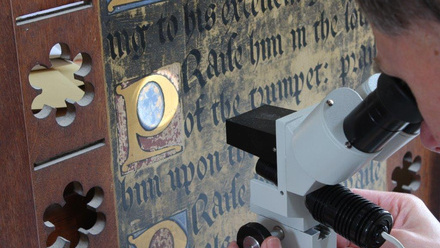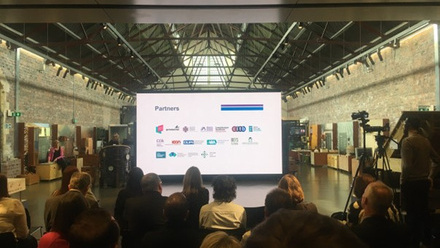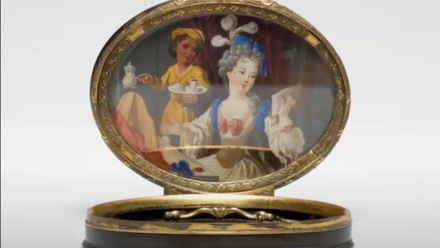The guidance is intended to aid scientists, conservators, curators and other stakeholders in making sampling decisions for scientific investigations of heritage objects and sites.
Goal
The ethical sampling guidance was created as a freely downloadable document with the aim of providing guidance to anyone involved in sampling of historical and archaeological objects and sites. Sampling for scientific investigation carries great responsibility as the objects are often of high value, unique, and samples have to be minimal in number and size but still representative and informative for the research question. Deciding whether to sample can be a difficult task, since each case is unique in its purpose and context. As well as this, heritage materials are usually heterogeneous, aged or degraded which makes sampling within conservation more challenging than in other applications. Current standards for sampling within conservation describe a method and criteria [1], but do not incorporate the decision making process and ethical considerations.
Process
To address this critical gap, Icon embarked on an innovative project in 2017. The process was initiated by the committee of the Icon Heritage Science Group who drew from the extensive knowledge and expertise available within the Icon community and wider field of conservation and heritage science. The consultation included:
- An online survey with 121 UK-based and international participants, comprised of Icon members and the European Research Infrastructure for Heritage Science (E-RIHS) preparatory phase.
- A workshop with twenty UK-based participants from seven heritage organisations and three universities. The group represented scientists, academics and managers involved with heritage science and conservation; who identified and discussed case studies, key factors and common ground for ethical sampling decisions.
- A four-month online consultation for comments on the draft report, which resulted from the online survey and workshop.
Input from Icon members and the wider field was an invaluable contribution to the guidance. The collaborative approach of working with scientists, academics and practitioners from the UK and abroad ensured a considered and versatile tool that can be used in a wide array of sampling scenarios. As well as this, the consultation was useful in identifying crossroad challenges that resonate with anyone involved in sampling decisions, especially whether to sample or not, ownership and responsibility for data and samples, and managing expectations.
Outcome
The guidance document was published in 2019. It includes an easy to follow decision making flowchart outlining considerations for both the researcher and owner/custodian. It provides a comprehensive checklist of the typical sampling scenarios in which users will find themselves where the perspective of both the researcher and owner/custodian are considered. The guidance document is also suitable for new researchers who may be unfamiliar with sampling best practice in a heritage context and serves as a useful refresher for any seasoned professional.
The guidance is intended to be a practical aid that is accessible to everyone involved in the sampling process, and is situated within the framework of professional conservation ethics. Since its launch, the document has been cited in a peer-reviewed journal, demonstrating early impact already. It has been highlighted at several events, including: the Icon 2019 conference in Belfast, the E-RIHS UK open day at Historic Environment Scotland in Stirling and the Icon Heritage Science AGM in London. Going forward, the guidelines will be disseminated further. The Heritage Science Group will continue to track the document's impact on the conservation and heritage science sector. We hope the guidance will not only be used as a standalone tool for individuals, but will also be adopted by institutions in the further development of their best practice sampling protocols.
The Icon HSG Ethical Sampling Guidance can be freely downloaded here.
[1] BS EN 16085:3023. Conservation of Cultural property. Methodology for sampling from materials of cultural property. General rules.
---
Image: Creative Commons






